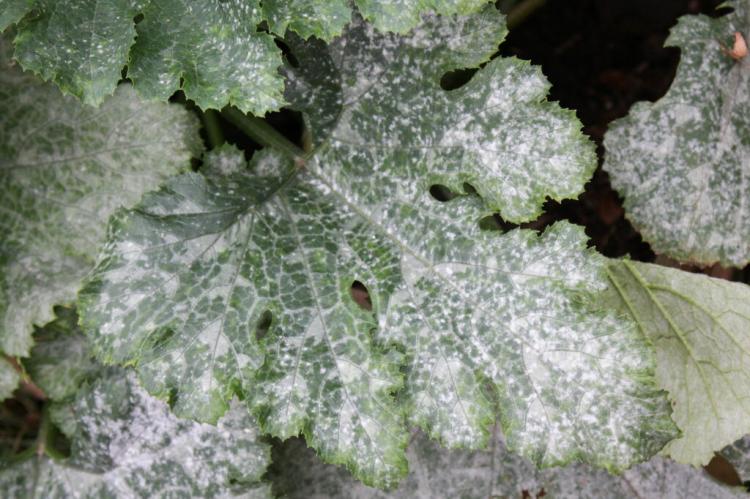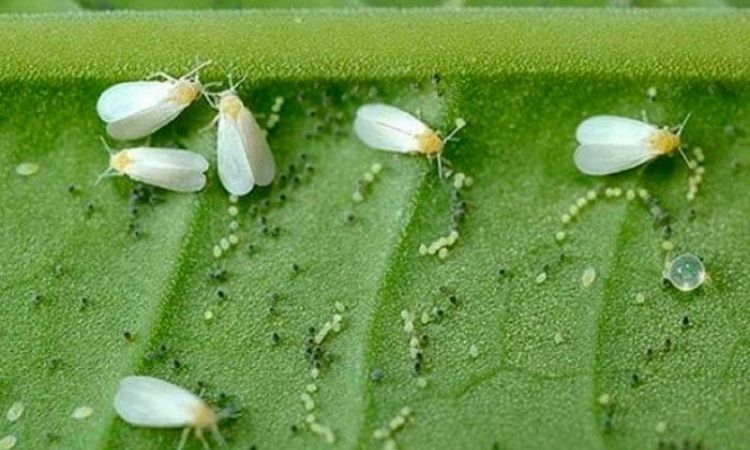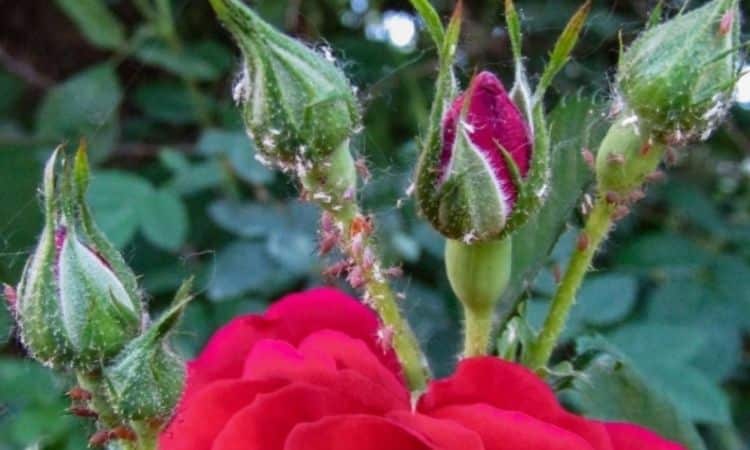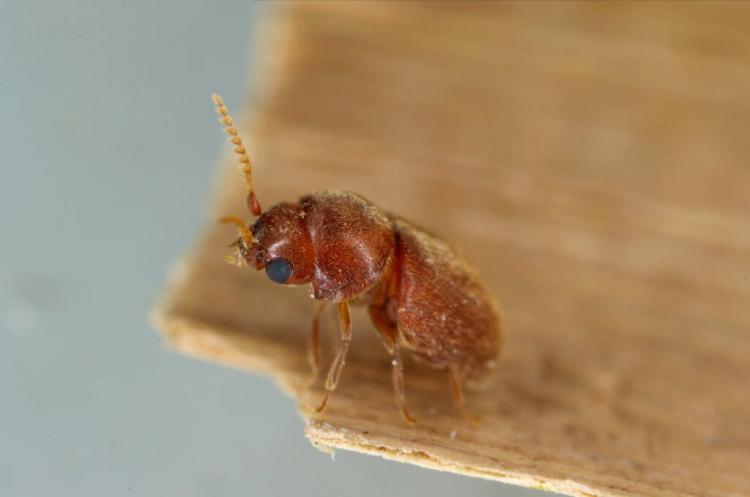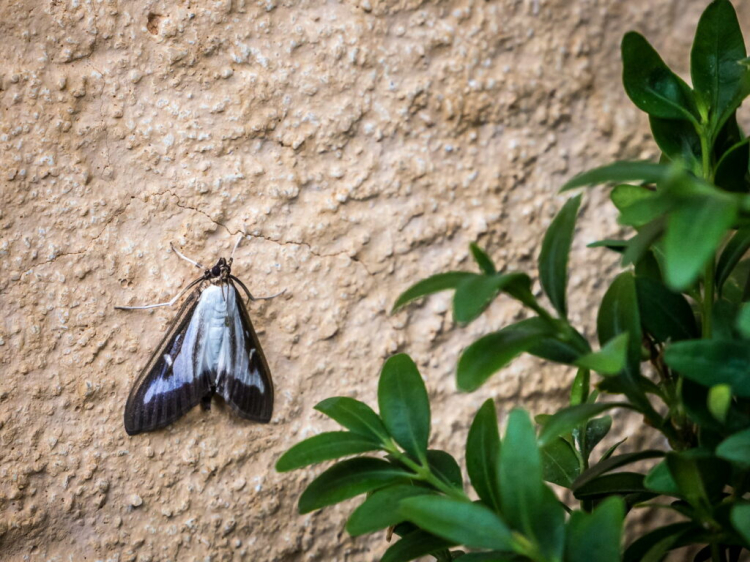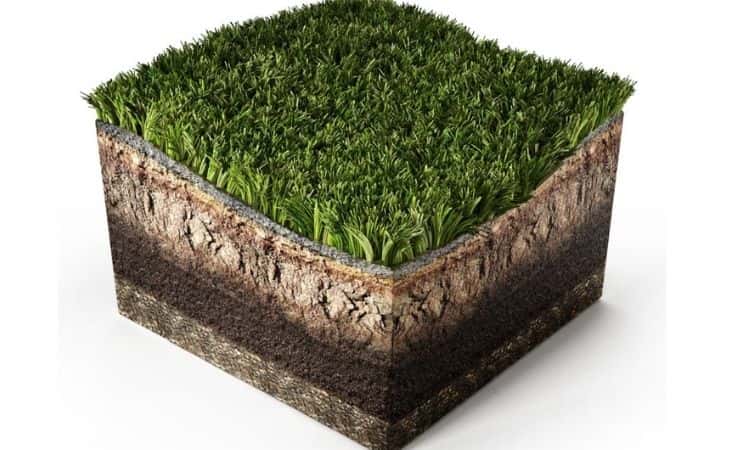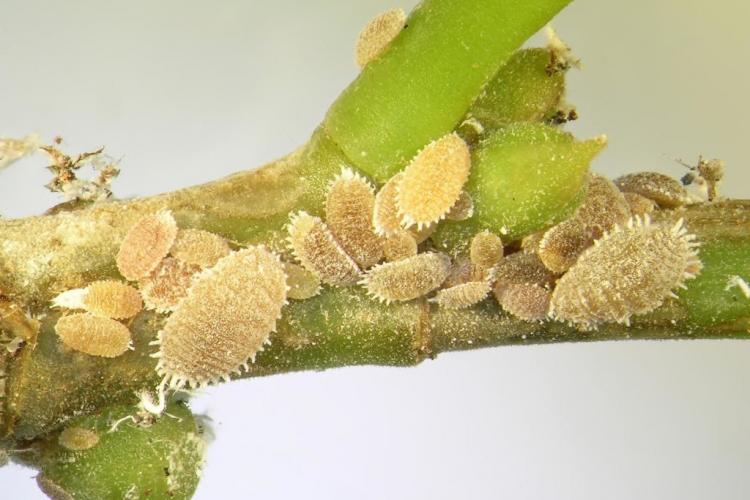Effective Control Of Powdery Mildew On Zucchini Leaves
Courgette plants infected with downy mildew or powdery mildew? In this way, you can fight the pathogen quickly and effectively, regardless of whether you use household or pesticides.
Unfortunately, courgettes and other cucurbits are all too likely to be attacked by powdery mildew and downy mildew. In most cases, however, direct control no longer makes sense. You can find out why this is so, along with other interesting tips on the subject of powdery mildew and zucchini.
Fighting powdery mildew on zucchini is often unnecessary
Zucchini plants actually belong in every vegetable garden in the summer season, because the easy-to-cultivate plant can easily provide a whole family with delicious fruits. For this, the plant only needs a sunny location and a good supply of nutrients. Sometimes, however, the successful harvest is then abruptly interrupted in late summer.
The leaves of the zucchini get a whitish-grayish cobweb-like coating and after a few weeks the leaves have dried up and the plant gradually dies. In most cases, this is true or downy mildew. At this point, however, the pathogen should no longer be combated. The days will soon be too cold for the zucchinis to continue producing beautiful fruit. Incidentally, you can safely eat the fruits of an infected plant that is still growing. Powdery mildew does not produce any toxic substances. Care should only be taken to clean the fruit thoroughly, as the adhering fungal spores can trigger allergies
Home remedies also help with powdery mildew and downy mildew
If a young zucchini plant is attacked by powdery mildew in late spring or early summer, action should be taken quickly. Regular control of the leaves is important so that the real or false powdery mildew can be effectively combated. At the first signs of a white or gray fungal lawn, the pathogen should be treated immediately with biological preparations.
You might so like: Black Bean Aphid: Detection, Prevention, And Biological Control
First, the fight can be tried with home remedies such as milk and baking soda. If you have decided to do this, our main powdery mildew article will provide you with additional tips such as the correct ratio of milk and water for the spray mixture. If you want quick control success, then we can recommend the preparation of Fungisan rose and vegetable mushroom-free.
The natural spray from Neudorff also helps with other fungal diseases and is, therefore, a real all-rounder! As early as three days after spraying, the treated plants can safely eat the vegetables again. As with many other plant species, there are also varieties of zucchini that are tolerant of powdery mildew. The following have proven to be tolerant varieties: Anissa F1, Diamant F1, Soleil, Mastil F1, and Leila F1.
In addition to the choice of variety, the location also decides whether powdery mildew will break out. In general, sunny and airy locations are good to avoid powdery mildew. Remember, however, that the zucchini do not like places that are too airy. Another common mistake is planting zucchini too tightly. A well-supplied plant can easily take up more than a square meter. Therefore, planting distances of 100 cm are not uncommon. Due to the large distance, the zucchini leaves can dry off faster and the mildew fungus spores can germinate much more slowly.
You can find more information about getting rid of powdery mildew and downy mildew in this special article.
